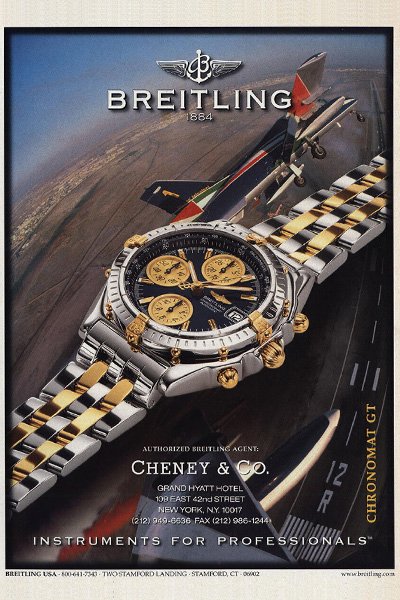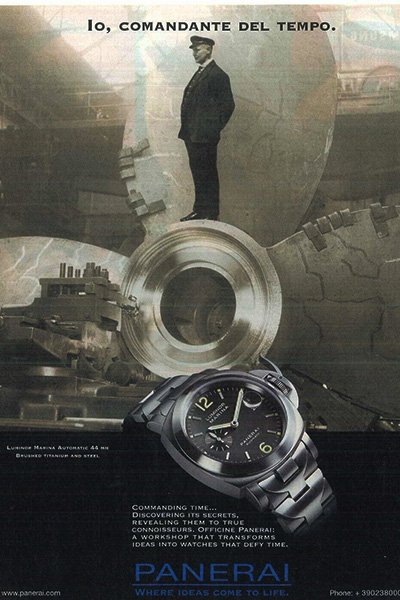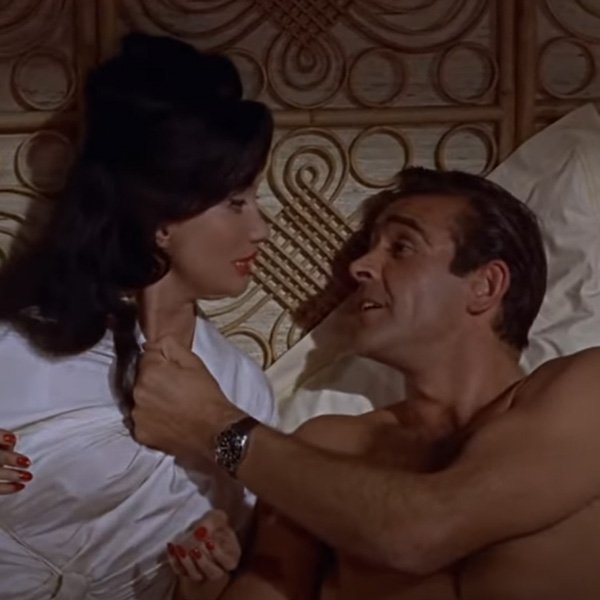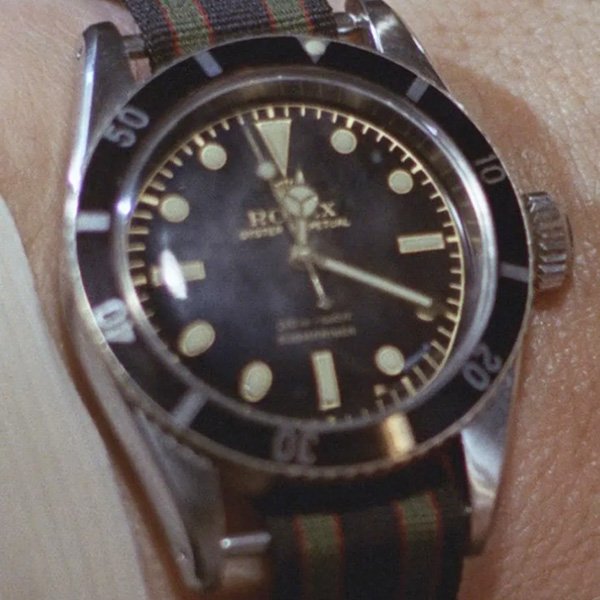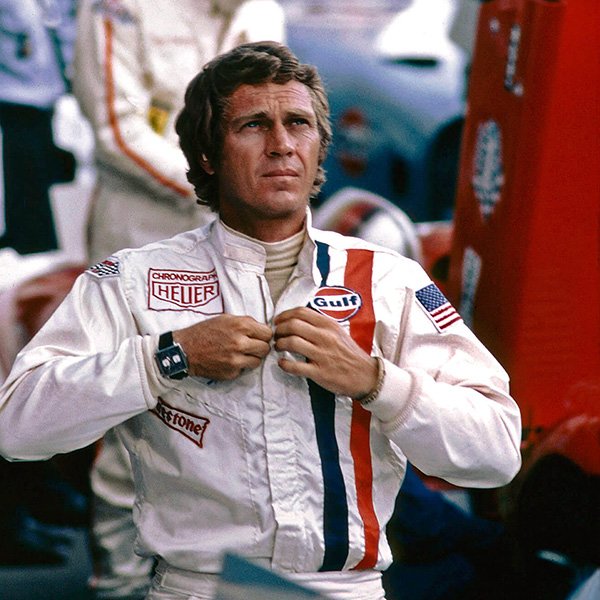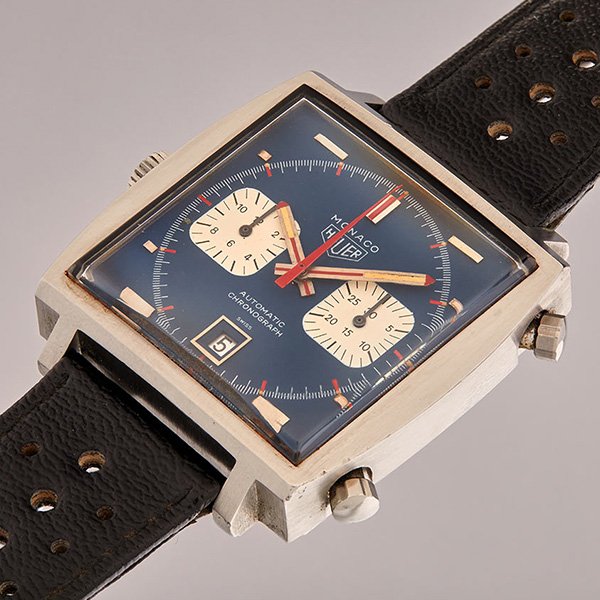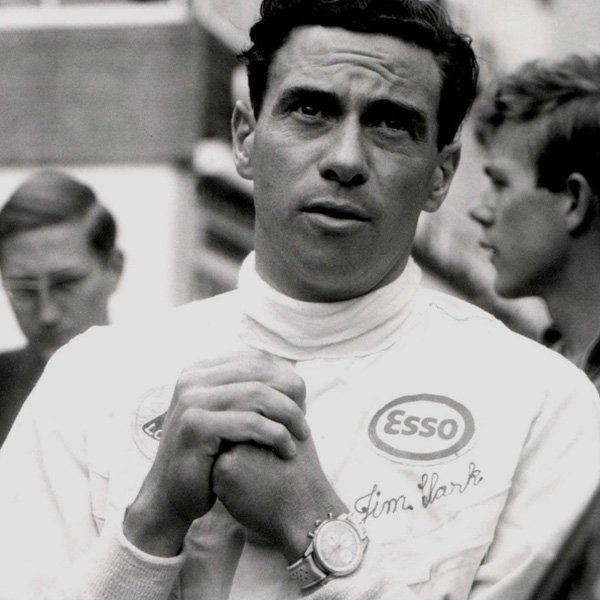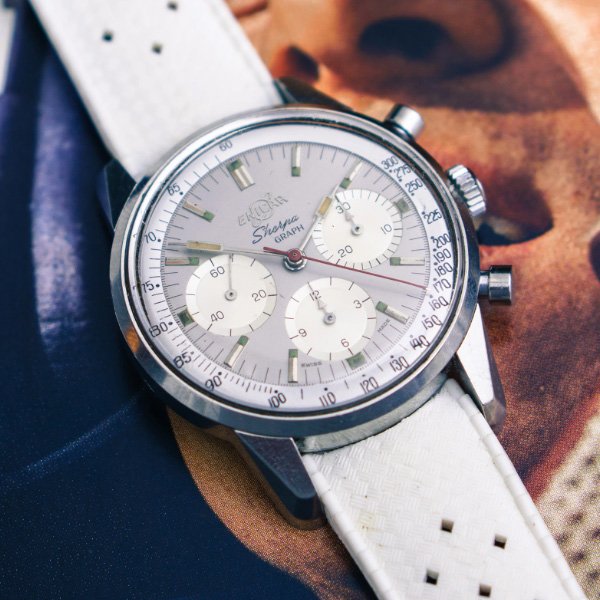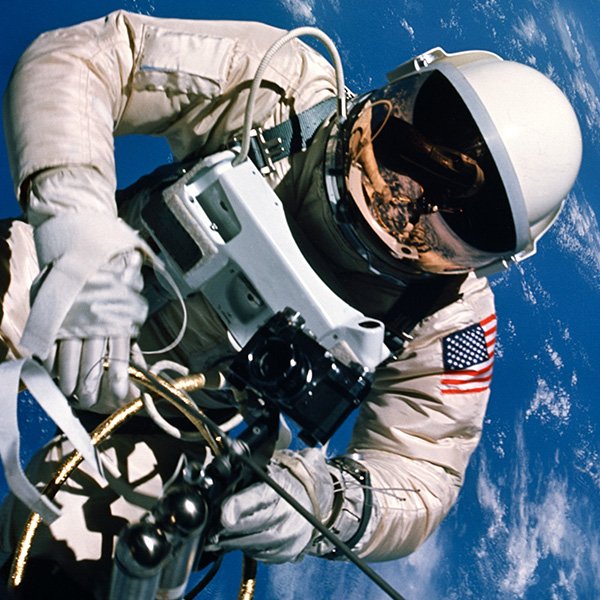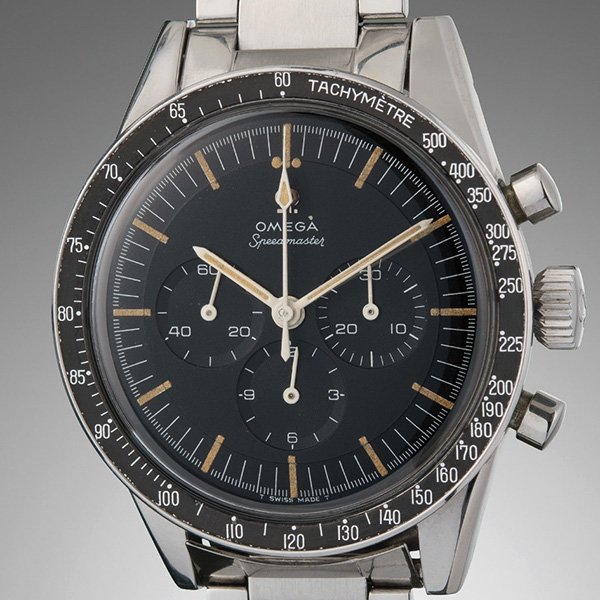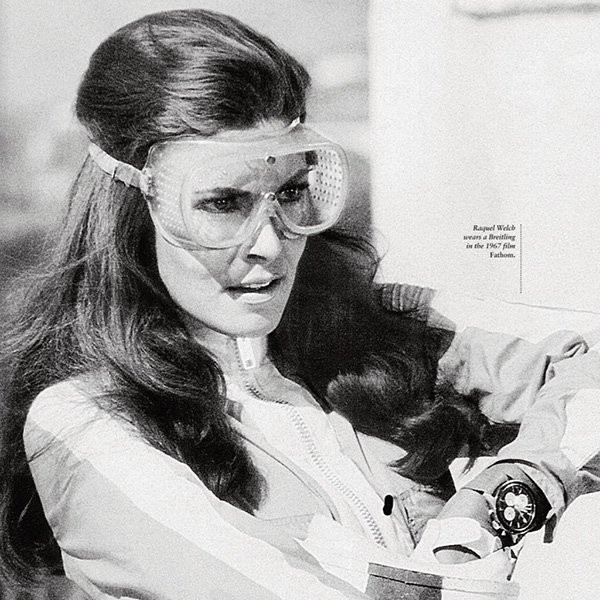The Original Cool Guy: Why Vintage Watches?
Sean Connery starring as James Bond in 1962. A real Original Cool Guy.
I’m often asked, "Why vintage watches?" Collecting vintage timepieces isn’t just about ticking items off a list—it's a mindset, a philosophical journey.
There are many reasons to dive into this world, but one stands out: the appeal of The Original Cool Guy. This concept shaped an entire collectible segment around the functional, steel-built wristwatch.
The Big Shift
In the early 20th century, a steel wristwatch was a practical tool, much like today’s smartphones, where each new model replaced the last in relevance. But with the rise of affordable, battery-powered movements in the 1970s, this "tool" began to lose its purpose. Watchmaking as an industry felt the blow, and major manufacturers pivoted towards focusing solely on the luxury market.
Then came the major shift in the 2000s. At this time, wristwatches became oversized, flashy, and unsophisticated symbols of wealth—mirroring pop culture trends of the era. TV shows like MTV Cribs and Pimp My Ride celebrated excess, UGG boots became a fashion statement, and you couldn’t escape the ubiquity of Paris Hilton.
Nostalgic senses
This path we took didn’t evolve to something new. Pop culture and fashion were nearing a dead end.
After decades of flourishing wealth, we began to look back to the era that started it all after the war. Who defined this time? From fictional icons like James Bond to real-life actual cool guys like Sean Connery, certain figures embodied the style and spirit of that age.
This wave of nostalgia sparked the rise of the vintage market—whether in classic cars, interior design, or, of course, wristwatches. These wristwatches became small time capsules, reminding us why they were once essential tools. Collectors weren’t drawn to gold cases, flawless finishes, or high-precision movements. No, they wanted something functional, rugged, and reliable—just like the steel watches the Original Cool Guys wore, not for luxury, but for necessity.
The Original Cool Guys
The Original Cool Guys were the trendsetters of their time, sporting steel sports watches from the 1950s to the 1970s. They defined effortless style and practicality, choosing functional timepieces that were built to last. These watches weren't just accessories—they were symbols of adventure, resilience, and understated cool.
Sean Connery
One of the greatest influences in making steel watches collectible was an epic actor in an equally epic role—Sean Connery as James Bond.
Connery made his debut as 007 in Dr. No (1962), and in one iconic scene in Goldfinger (1964), the camera captures him wearing a Rolex Submariner. Originally designed for diving, the Submariner was the perfect choice for a man who never shied away from action. At the time, this wasn’t a luxury watch—it was a tool, built to be the best of the best for those who needed reliability and precision in demanding situations.
Steve McQueen
Steve McQueen was the epitome of cool—both on screen and in real life. Known for his acting career and adventurous lifestyle, he had a eye for iconic watches. While he often sported Rolexes, the timepiece most famously linked to McQueen is the Heuer Monaco.
Heuer, a brand that dominated the race tracks in the late '60s and early '70s with its bold chronographs, became a symbol of motorsport culture. In Le Mans (1971), McQueen wore the now-legendary square Heuer Monaco chronograph, further bringing its status in watch history.
The very watch McQueen wore in Le Mans was auctioned in 2020 by Phillips, fetching a staggering hammer price of $2,208,000. Discover more at Phillips.
Jim Clark
Undoubtedly one of the most charming racing legends of the 1960s, Jim Clark captured the hearts of fans with his remarkable skill and smooth driving style. He won his first Formula 1 World Championship in 1963, becoming an icon of motorsport. Tragically, his life was cut short in 1968 during a racing accident.
Throughout his career, one watch was most closely associated with him—the Enicar Sherpa chronograph, distinguished by its sleek grey dial. This timepiece, much like Clark, embodied precision, elegance, and understated style.
Discover more about Enicar and Jim Clark at Enicar 101.
Ed White
In 1965, astronaut Ed White made history as the first American to perform a spacewalk during the Gemini 4 mission. On his wrist was the Omega Speedmaster, a chronograph originally developed in 1957 for racing. However, as the space race intensified, NASA sought a reliable timepiece for its astronauts, and the Omega Speedmaster became the watch of choice for space missions.
Ed White wore the reference 105.003-65, now famously nicknamed the "Ed White." This iconic model has become a favorite among collectors and continues to symbolize the intersection of space exploration and horology.
Learn more about the two Speedmasters Ed White wore during his spacewalk at Fratello.
Raquel Welch
In the 1967 film Fathom, we see an Original Cool Girl in action—Raquel Welch—sporting a chronograph during her daring skydiving stunts. The watch she wore was the Breitling Chronograph reference 765. Breitling, already renowned for crafting precision timepieces for pilots and the aeronautics industry, was the perfect choice for this high-flying role, blending functionality with undeniable style.


